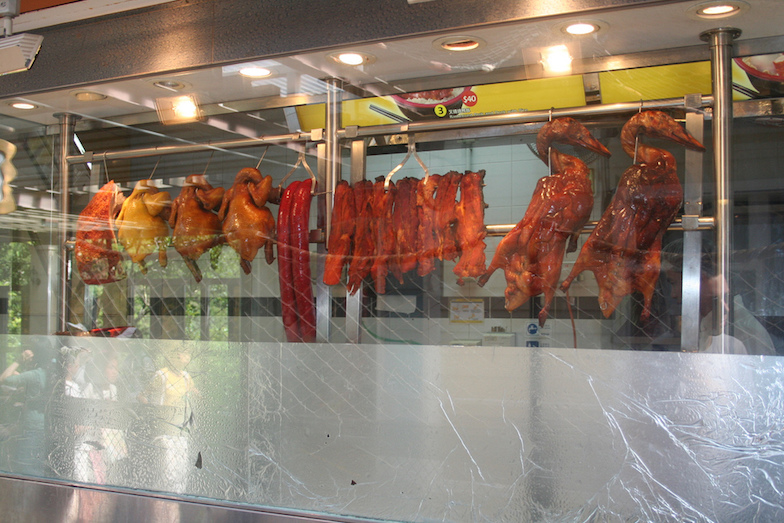
Why Meat Eaters Should Think Much More About Soil
We often forget we ourselves are animals. Perhaps this is what makes it easier to eat them, wear them and experiment on them. Some of the more hardcore carnivores will loudly claim that the taste of a bacon sandwich is worth committing any cruelty for, but most of us eat meat while averting our gaze from its source.
May 17, 2017 | Source: The Guardian | by John Sauven
We often forget we ourselves are animals. Perhaps this is what makes it easier to eat them, wear them and experiment on them. Some of the more hardcore carnivores will loudly claim that the taste of a bacon sandwich is worth committing any cruelty for, but most of us eat meat while averting our gaze from its source.
Of course, we are not alone in eating other animals. Many other species have a meat-based diet – even some species of plant. Animals eating other animals is a critical part of the food web. But humans have twisted their natural inclination into a highly destructive, carnivorous, corporate machine.
Some people forswear meat for health reasons, and some, following in the footsteps of Leonardo da Vinci, see the killing of animals and humans in a similar light. But it starts to get more difficult to separate fact from fiction when we focus on the environmental impacts of livestock. They are a major contributor of carbon emissions, certainly, but placing the blame for climate change entirely on cattle farming is misleading.
When it comes to farm animal numbers, the statistics are frightening. The world’s average stock of chickens is almost 20bn, or three per person. Cattle are the next most populous breed of farm animal at 1.4bn, with sheep and pigs not far behind at around 1bn each. And farm animals that are raised intensively require a staggering amount of animal feed and water. Soya production, mainly for animal feed, has devastated ecosystems in Latin America. All in all, livestock production occupies the vast majority of agricultural land and is the main reason why 50% of the wildlife we share our planet with has disappeared since the start of the industrial revolution.
As a result there is a general consensus that eating less meat and dairy produce is one of the best ways to reduce greenhouse gas emissions, feed 7 billion-plus people and protect biodiversity. And the focus, up until now, has been on cattle rather than pigs and poultry. This is partly because ruminants or grass-eaters emit methane, a potent greenhouse gas. Cattle farms have also been responsible for large-scale destruction of important ecosystems both directly for grazing and indirectly for animal feed. The expansion of cattle farming in the Amazon, for example, has been responsible for one-eighth of all forest destruction globally in recent times.
